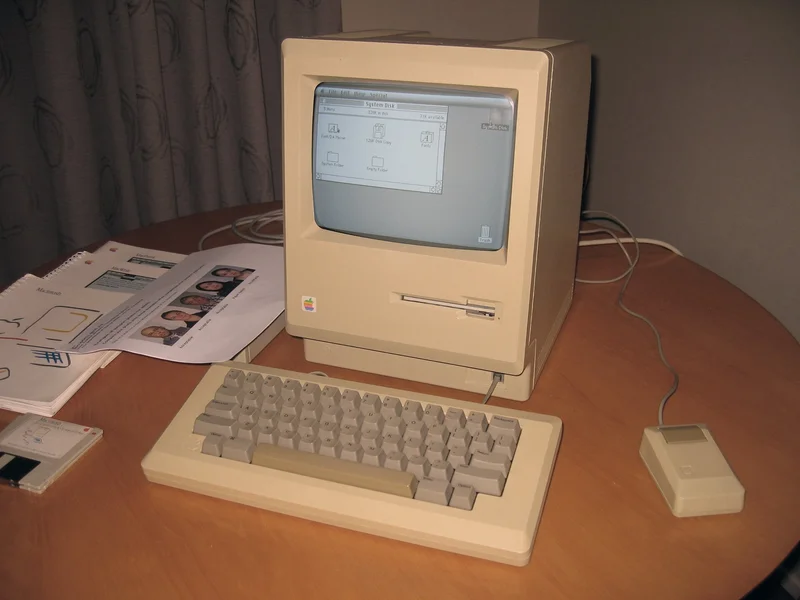Forty years of the Macintosh Revolution

Photo source: classic-computers.org.nz
The Mac, released by Apple on January 24, 1984, was the first mass-produced computer with a graphical interface available to any user.
A commercial shown during halftime of the Super Bowl, America's most popular sporting event, in January 1984 announced the release of the Macintosh, Apple's personal computer that turned 40 years old a few days ago.
In the eighties, computing was a far cry from what we have today. IBM (International Business Machines Corporation) laid the groundwork for the hardware and software architecture that was to become the industry standard. Only specialists had access to these technologies and knew how to use them, as a whole series of complex command lines had to be applied.
In contrast, the Macintosh was a compact computer with a display and floppy disk drive, and a revolutionary feature of its design was that it had a graphical interface that allowed users to use a mouse, interact with the screen with various icons such as a folder and even a recycle garbage can.
The Apple Lisa, released a year earlier, served as a test bed for the Macintosh, as it had the same interface and mouse, but was geared towards the corporate sphere.
Apple founders Steve Jobs and Steve Wozniak took Lisa's experience into account and put Jeff Raskin in charge of the engineering team. to develop a more simplified model aimed at the average consumer.
1984: Apple commercial introducing the Macintosh.
The commercial that announced its release was a super production directed by Ridley Scott that aired during halftime of the third half of the American soccer Super Bowl final, which was watched by 77.6 million viewers that year.
The commercial, inspired by George Orwell's 1984 book, warns of a dystopian future scenario in which a crowd of graying men dressed identically watches intently as "Big Brother" - referring to rival firm IBM - delivers a speech from a giant screen.
At the same time, a running woman in a white T-shirt with a computer drawing and an overbitten apple (the Apple logo) is seen smashing the screen with a dough and a caption appears that reads, "On January 24, Apple Computer will unveil the Macintosh, and you'll understand why 1984 won't be like 1984."
According to Owen Linzmeyer's book Apple Confidential 2.0, Apple paid $800,000 (about $2.5 million today) for a 60-second ad spot on America's premier sports show, in addition to thousands for the production of the commercial.
What the original Macintosh was like
Apple's first computer was a luxury item and sold for $2,495 (about $7,400 at today's prices), while its main competitor, the IBM PC, cost $3,270 ($10,000 at today's prices).
On a technical level, the Mac 128 was a device with a built-in processor and monitor, a keyboard with "arrows" to move through cells, and an 8 MHz Motorola CISC 68000 (MC68000) microprocessor that allowed more complex programs to run.
It used a 3.5-inch disk with a capacity of 400 KB (kilobytes). In turn, this disk was smaller and more reliable than the 5.25-inch disks used in other computers.
Steven Jobs next to the Macintosh 128K, the embodiment of his dream. Photo source: AP
The arrival of the Mac 128 revolutionized the market and the history of computing, as it forced the giant IBM to negotiate with Microsoft to sell its Windows 1.2 operating system. The tie-up between the two companies lasted for almost 10 years.
Although IBM continued to be a major player in the technology industry, the release of the Mac 128 bridged the gap in the consumption of this type of product, which was reserved for certain professions and managed to penetrate many American homes given its ease of use.
Today, the original Macintosh computers sell for nearly $2,200 at auction, while the internal filing documents dating back to October 1983 are even more sought after by collectors, with a 2022 RR Auction exceeding $12,000.
Forty years after the device's launch, Apple is looking to advance artificial intelligence (AI) to embed it in its devices and take user interaction to the next level.
Read also: Ilon Musk commented on the first human Neuralink implant surgery.